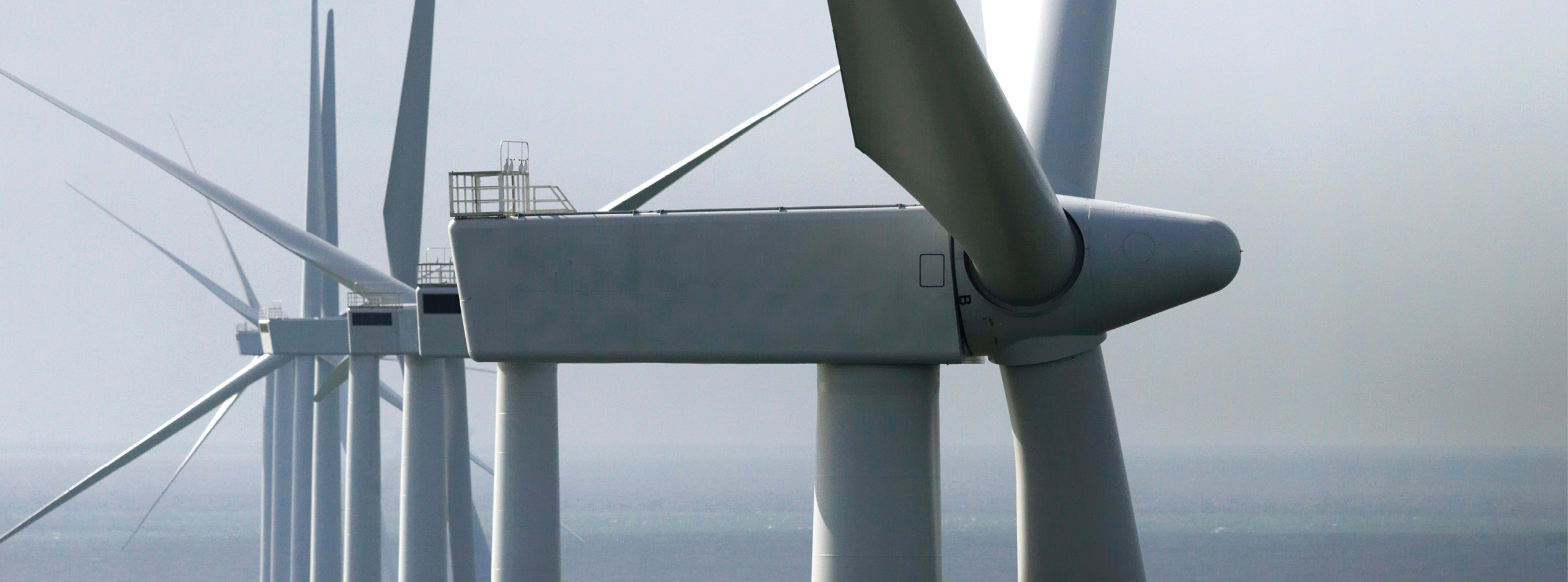
Denmark’s electricity market
8th November 2016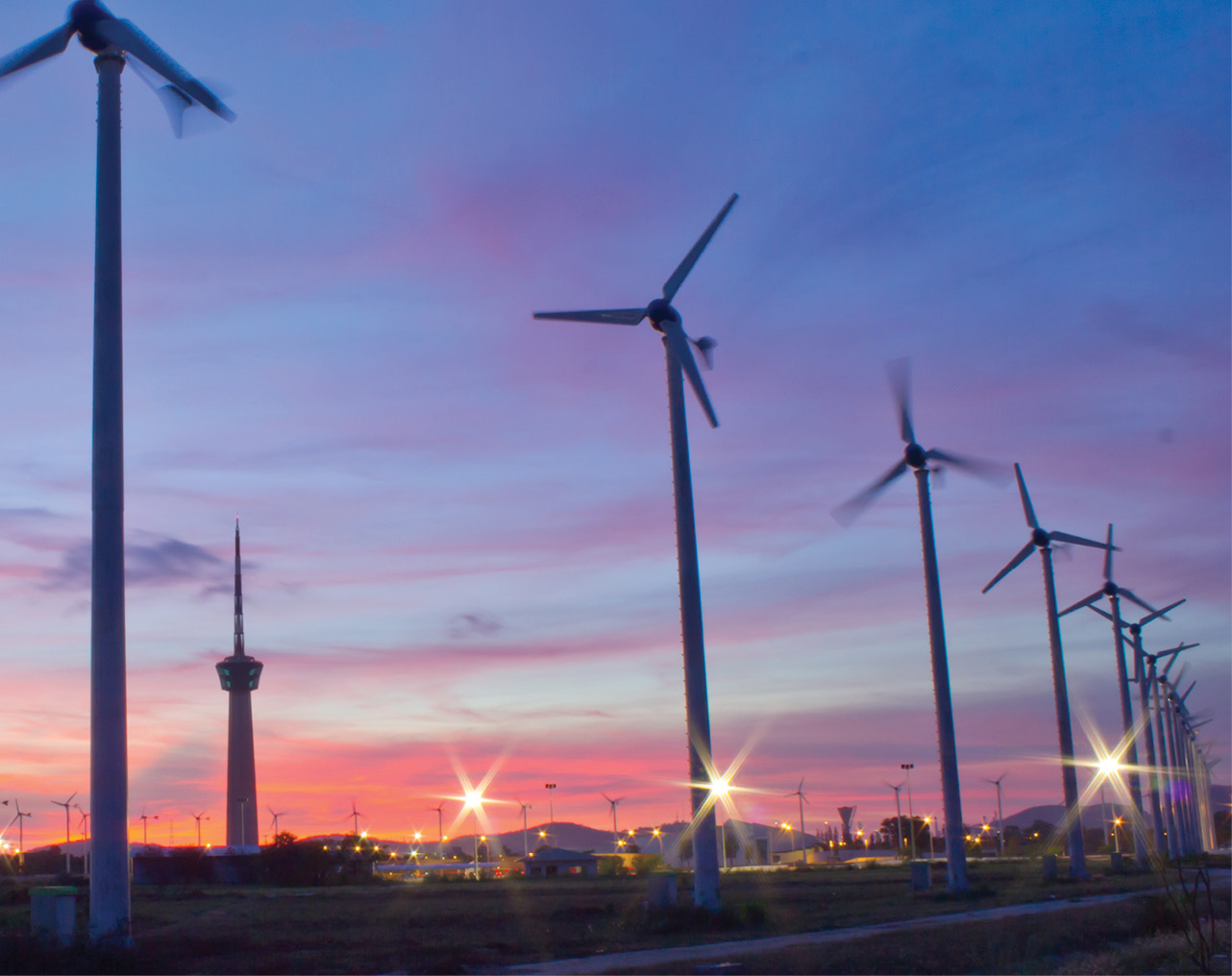
GIS: Helping maximise the value of Ireland’s renewable energy resources
8th November 2016Solar PV power vital for our future
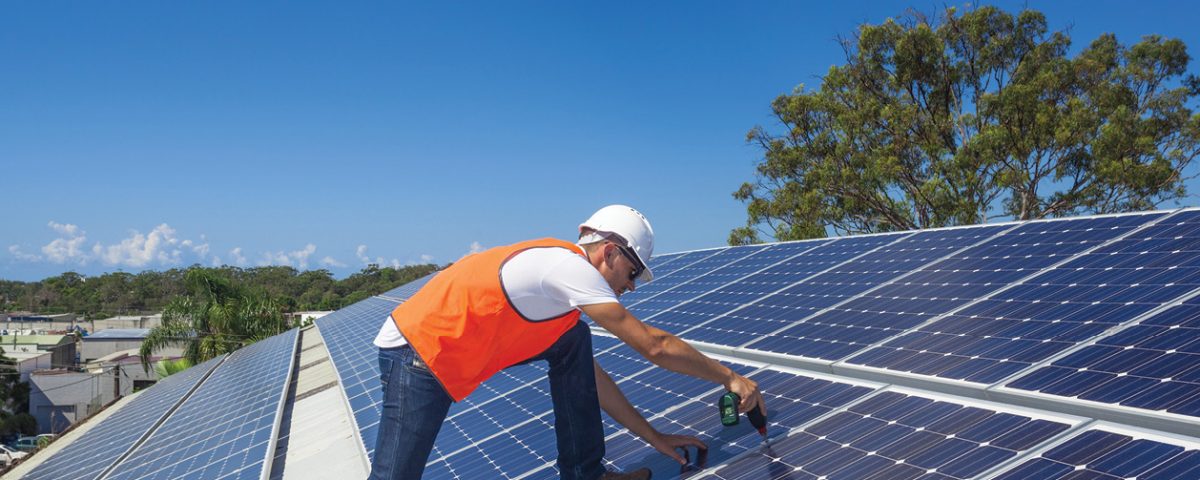
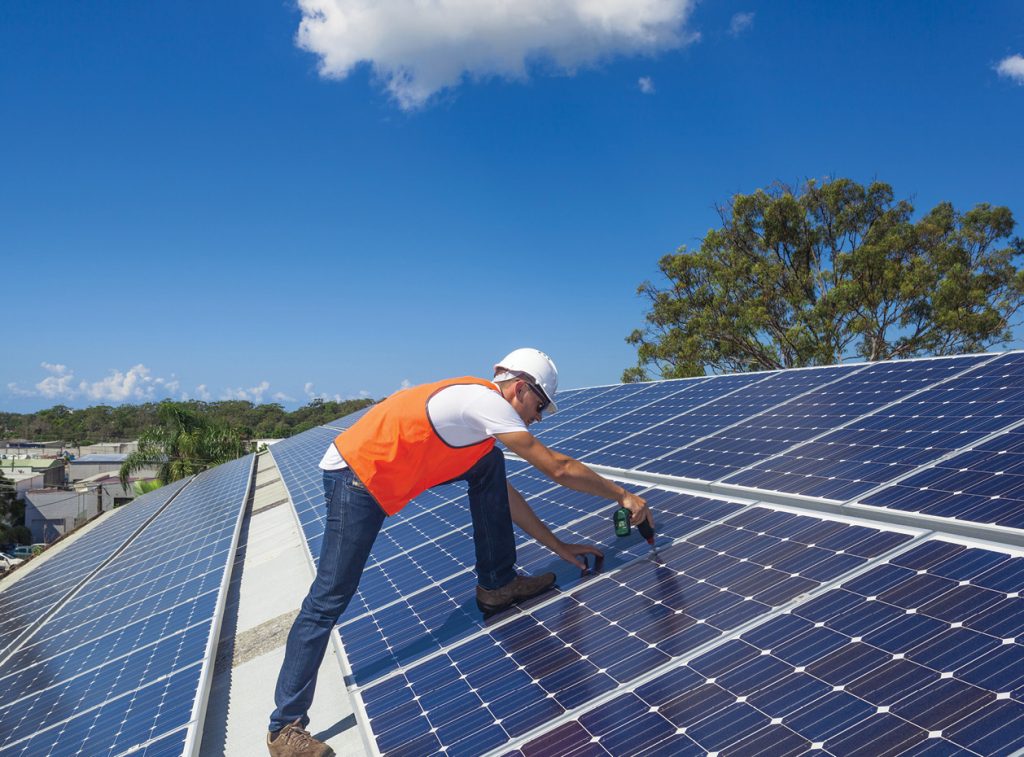
Imperial College London’s Professor Jenny Nelson discusses the impact solar energy systems will have on helping meet decarbonisation targets.
Professor Jenny Nelson is an active scientist working at Imperial College London who has worked on several aspects of the science and engineering of different types of photovoltaic energy converters. Nelson also works with the Grantham Institute for Climate Change and the Environment at Imperial to understand how different technologies contribute to the low carbon pathway.
Nelson focuses on the role of solar photovoltaic (PV) systems and her role within the Grantham Institute is to link basic research to the definition of low carbon pathways and look for the key technologies that can help to make the difference. If global temperatures are allowed to rise beyond one and a half degrees celsius, not only will the COP21 targets have been missed, but globally, there will be less water and food, increased extreme weather events and more species will be made extinct.
In an attempt to establish how fast decarbonisation is needed to meet even a two degrees limit, the Grantham Institute has participated in the Met Office’s research programme on means to avoid dangerous climate change, known as AVOID 2 (www.avoid.uk.net). The programme estimates that, if decarbonising is started by 2020, then carbon can be saved in line with the fastest decarbonisation rate ever known. However, if left until 2030, then carbon would need to be saved at a much faster rate than has ever been achieved before. The team studied different pathways to a two degrees temperature rise using different integrated assessment models.
“Looking at what is common between different projections shows that, in order to meet the two degrees rise, the electricity sector needs to be decarbonised in a large way,” said Nelson. “The longer we leave it the more prominent solar will be and that’s just in the power sector. Electricity also has a role to play in other sectors like transport, industry and construction. It is easier to decarbonise transport by the introduction of electric vehicles than it would be to replace fossil fuel with alternative sources.
“Every scenario picks up renewable energy, nuclear and carbon capture and storage but as of now there is uncertainty over the rate of large scale deployment of carbon capture and storage in the future, and some uncertainty about the future of nuclear. No matter where in the world you are, there is plenty of solar and the amount we receive at present exceeds our primary energy consumption by a large factor.
“In the last decade, solar capacity has been growing by around 40 per cent. We now have over 170GW peak capacity installed and that is split evenly between large ground market systems and decentralised installed systems. It is without doubt the fastest growing energy source globally and will provide a lot more energy by 2050 than it does at present.”
Challenges
Despite her positivity about the potential for solar energy systems, Nelson is acutely aware of factors that may limit its adoption. These are, in no particular order, the variable nature of the resource and its mismatch between supply and demand, the cost of the components and the use of public policy to help drive the adoption of solar energy sources.
Mismatch
Nelson admits that typically in Northern Europe the demand for energy is likely to peak when sunshine is low or absent. However, experience shows that in Germany, which has a large industrial base, the demand for electricity is actually at its highest during the middle of the day. Similarly, Nelson also pointed to research from the United States that suggests the entire electricity consumption of the country could potentially be met with solar and wind power providing that good power distribution systems were put in place. “The complementary nature of wind and solar power in the US is enough to meet the whole country’s electricity needs but in most countries or regions we also need cheaper energy storage technology to integrate into electricity grids and buildings.
“Solar power can’t replace everything, but where there is a good match in consumption it plays an important role in meeting the peak demand.”
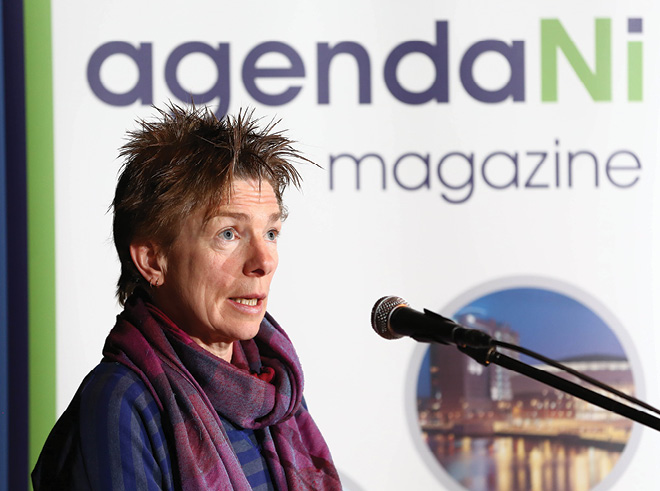
Cost
While solar energy systems costs are falling rapidly, these need to fall further stall in order to make widespread adoption viable. Nelson notes that, with every doubling of capacity, the cost of the unit capacity falls by 20 per cent. This is a trend she expects to see continue.
“Innovations also help reduce costs,” said Nelson. “In the 60s, 70s and 80s there was very little deployment and during that period, changes were made to the design of PV devices. In the 90s more attention was focused on module cost and recently, with large deployment, more attention has been paid to reducing manufacturing costs.
“Solar power can’t replace everything but where there is a good match in consumption it plays an important role in meeting the peak demand.”
“Clearly then a combination of subsidies, research and development and deployment is needed to reduce the cost and solve the problem. The Global Apollo programme is lobbying in favour of a research and development programme to bring down the costs of renewable energy technologies and with this investment we would expect to see the cost of PV come down and reach parity more quickly, which will only further drive adoption.”
Policy
Using a geographical information system, researchers at Imperial College have been able to reveal some rather interesting details about the impact of policy on the adoption of solar energy systems in England and Wales. Deployment per capita has, unsurprisingly, been greater for rural than urban areas and greater for sunnier regions.
An analysis of the years 2011-2013 show just how important a factor policy is in the adoption of such technologies. The feed-in tariffs were announced in 2010 and throughout 2011 and 2012 adoption was high. However, when the feed-in tariffs were rolled back in 2012 adoption levels fell sharply in 2012 and 2013. The research also revealed that ground mounted systems have taken off, although this has been attributed to the increased take-up of renewables obligation certificates (ROCs) as, by that point, the cost had fallen enough to make it viable to proceed with the ROCs as a subsidy method.
With all this in mind, Nelson still expects to see solar PV systems play a role in the decarbonising of global energy production. “The capacity is growing fast but costs are not yet as competitive as they need to be,” Nelson said. “When we look at how we can bring these down, improvements in solar power technology and storage facilities are key. Clearly there is a really important role of policy in stimulating deployment and in stimulating the reduction in costs.”
